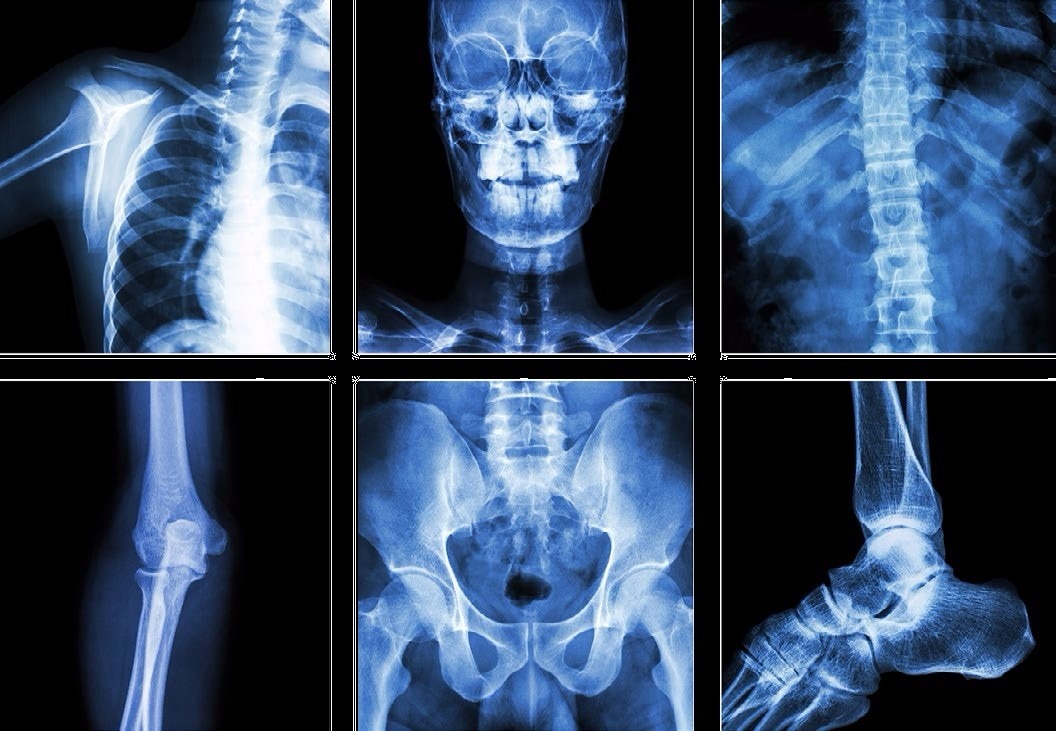Healthcare with Confidence
Osteoarthritis (OA) is the destruction of joint cartilage and adjacent bone. Erosion and pain can significantly affect quality of life and lead to functional limitations.

(Dr. Gideon Burstein), a leading Israeli orthopedic surgeon, answers patients’ questions about osteoarthritis of the hip, knee and ankle joints.
Question: Is there a way to stop or modify the erosion process that has already started?
Answer: When erasing the cause of bearing the load of the joint (hip, knee, ankle) is unknown, and is manifested in the form of fragments of traumatic arthritis or infection, the corrective procedure (fracture fixation, reducing inflammation, infection treatment) can reduce the likelihood of increased erosion. But the main cause of joint disease is primary osteoarthritis. Many research efforts and resources invested to create a drug or substance, which would delay the process of cartilage degeneration, has not yet come to fruition. Drugs administered orally or administered by injection into the affected joint, does not affect a proper degree of progression of structural damage of joints.
Since many methods of correction OA historically considered a degenerative disease of the cartilage, designed replacement and implants, as well as ways to load changes on the damaged joint cartilage. All these different types of operations performed.
Question: Can the surgical treatment completely prevent progression of joint erosion after a significant development?
Answer: cases where the joint is damaged focal (localized), and one cause of injury is not OA (primary osteoarthritis) surgical treatment may slow the progress erosion. When erosion is the main cause (primary OA), there are many different operations it helps to reduce pain and allow the joint to function better for a while, sometimes a long time, but that does not stop the progression of joint erosion.
Question: Is it possible to understand from the above that there is no way to stop the process of destruction at an early stage?
Answer: Yes, we are not in a position to significantly alter the process of destruction at osteoarthritis at progressive stages, but the primary process usually occurs gradually and progresses slowly over many years. Even if it is impossible to avoid joint replacement at the end of the process of destruction, much of our effort is to ensure that the person with the initial stage of the joint erosive process could function well for a long time and cause the least possible pain.
Question: What are the treatment options available to those who suffer from the initial stage of joint erosion?
Answer: There is no one treatment that is suitable for most patients. All depends on the joint, and the degree of localization of the erosion problem. Each patient has demands and needs. Some patients needs arthroplasty and joint replacement surgery helps reduce the load on the affected joint and allows for many years of intense physical activity. There are times when a patient does not consent to the operation, and another patient is interested in the operation, but it can cause damage.
Only taking into account all the possible treatment options, the particular needs of each patient, the degree of damage and location, patient age, his daily activities, as well as comorbidities, we can determine the best treatment for each individual.
Even at an early stage of the disease all people require different solutions.
Question: In cases where the erosion of articular cartilage often progresses to destruction is very strong, why the person does not offer a replacement joint if the pain and functional limitation grow?
Answer: The rate of joint destruction is different for all people. Also the problems that cause erosion have very strong differences in all patients.
The operation of joint replacement is used very widely in Israel. Most of the operations are successful, however, as after joint replacement hip or knee, it is necessary that the type and level of activity contributed to the long-term maintenance of the implanted joint function, as far as possible. If there are complications during surgery or in the case of re-operation, the patient may even get worse, compared with its preoperative state.
For these reasons, we try to achieve a significant reduction of pain and improvement in function for a long time as possible, instead of replacement joints and trying to perform such operations have elderly people, or when no other treatment options.
Question: What methods of treatment excluding surgery can be offered to a patient suffering from primary hip or knee osteoarthritis?
Answer: As a rule, this reducing the load on the damaged joint by reducing the body weight, as well as external support (stick) to reduce the level of pain, physical methods of treatment of various types, strengthening of specific muscles, change in distance of the route, improving the control of neuromuscular activity any change of physical activity that helps to improve function and to reduce pain.
Treatment may be combined. To reduce pain, if necessary, some people help anti-inflammatory drugs.
Various nutritional supplements such as, for example, Mega Gluflex help reduce pain, some people with primary osteorthritis. But they do not affect the rate of the process destruction.
Question: Is there a treatment method in which a drug is injected into the joint, preventing osteoarthritis?
Answer: There injections of hyaluronic acid, which is an important building component of articular cartilage. The idea is that this will change the course of erosion in the affected joints. Today we already see that these injections reduce pain in some people for relatively short periods of time, but can not change the process of joint destruction.
The joint may also be administered steroids which temporarily relieve pain for a short period of time, but must be considered undesirable effects on the steroid.
In recent years we often use plasma injections, taken from the man himself, processed (without any additives) and returned back into the affected joint.
Question: Is this a new experimental treatment?
Answer: In fact, some red blood cells in the body are able to provide useful proteins have been known for many years. The medical use of isolation of blood platelets, and the reactivation of their return was performed many years ago, at first, mainly in oral and maxillofacial surgery. Gradually the use of these products began to expand, primarily in sports medicine, in order to improve the healing of damaged muscle, tendon ruptures, chronic infections of bones and tendons. Injection of plasma components into the joint in primary osteoarthritis has performed for more than 10 years.
Question: Can the plasma injection reduce the pain in the joints?
Answer: The primary joint osteoarthritis is a process that combines mechanical components and biological process. Joint chemical processes are complicated and many of the components that they carry can be generated, as well as to increase several times the amount of some of the proteins that inhibit the destructive activity of enzymes performing erosion.
The system that I started using recently developed in Germany and is called Orthokine therapy. During this procedure, the patient’s blood is extracted and processed by multiplying the different proteins. It is also used to block protein called IL-1, which is regarded as the main catalyst in the process of degenerative cartilage destruction.
Question: How effective are these injections?
Answer: Because Orthokine system is widely used in the clinic for the past 5 years and clinical studies have been conducted, including comparative injections of various kinds, we have information on the results of injections.
After a series Orthokine injection in the initial stage of erasing the fabric is significantly reduced pain and joint operation considerably improves.
From 60 to 80 percent of patients showed significant improvement at the end of the treatment, the pain dropped and remained at this level after about 3 years.
Another fact is the safety of the treatment. This method does not provide for the introduction of foreign substances and can also be used in patients with diabetes.
Today we have a large arsenal of tools to help a person with limited movements and joint pains.
Recognition of its work and the specific expectations of each person provide us with the opportunity to target choice of treatment at each stage of the disease.



